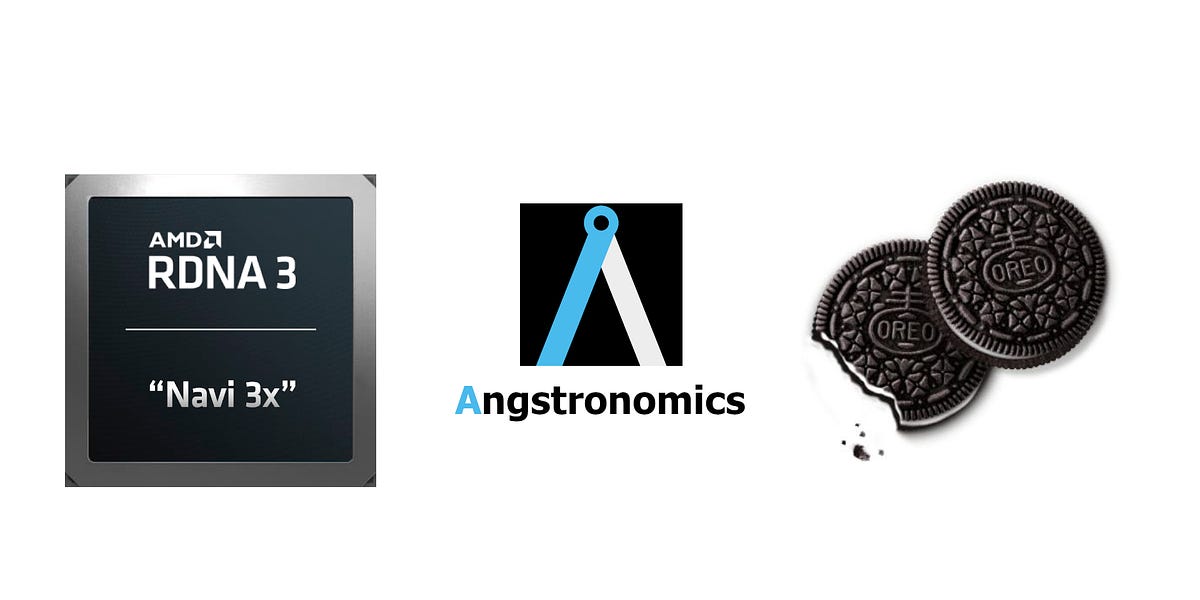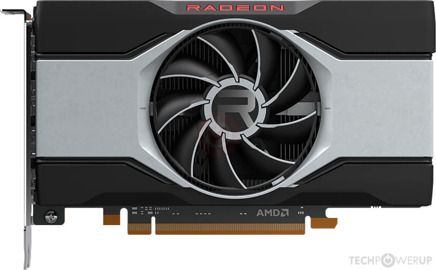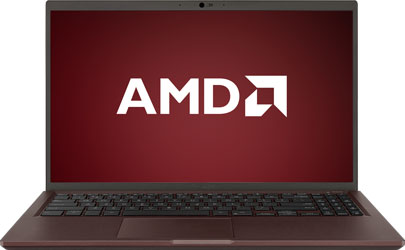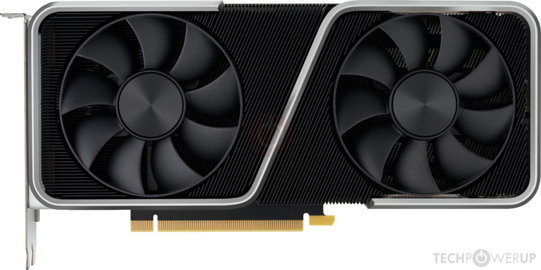There's just no reason for them to do that. They can't produce enough for that anyway, judging by the stock levels on many websites.
Prices should fall a bit when they get more in stock.
Navi32 is the bulk chip, these should be reasonably competitive with Nvidia on pricing.
Prices should fall a bit when they get more in stock.
Navi32 is the bulk chip, these should be reasonably competitive with Nvidia on pricing.
Last edited:











